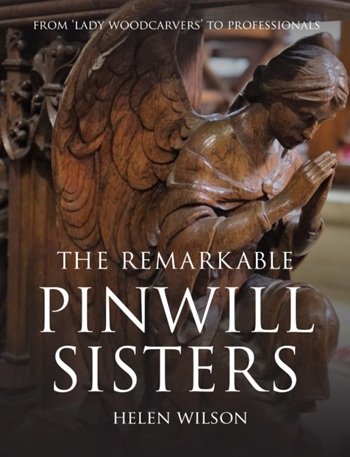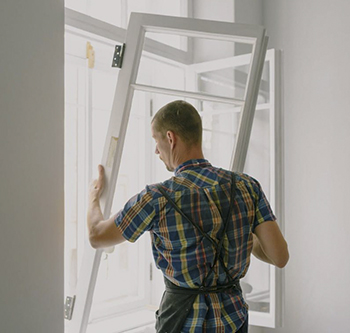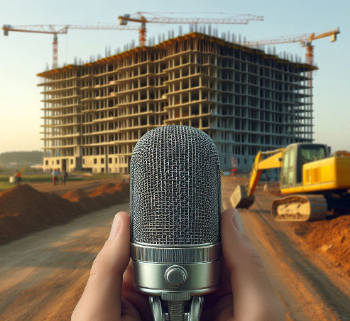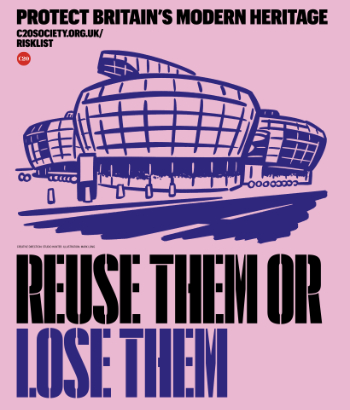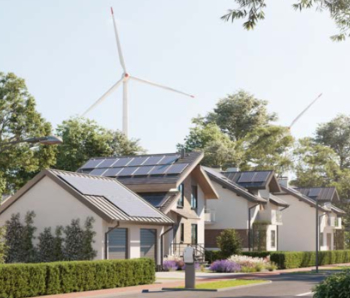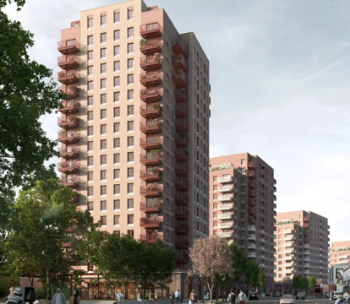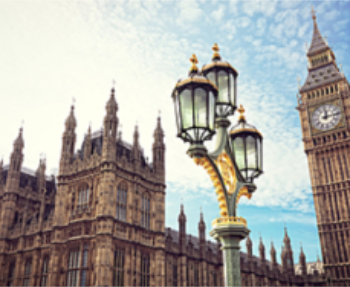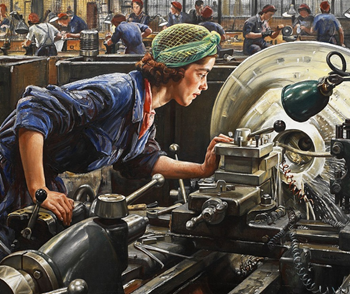Polite architecture
Contents |
[edit] Introduction
Polite architecture is the term used to describe buildings that incorporate non-local styles and use designed features that go beyond functional requirements. These stylistic features may be used by the architect to make a particular statement or to achieve an aesthetically-pleasing effect.
As a concept of architectural theory it is often used as a contrast with vernacular architecture. The vernacular is a type of architecture which is indigenous to a specific time and place, and historically uses the skills and expertise of local builders as opposed to formally-trained architects. Polite architecture often incorporates national or international architectural fashions, styles and conventions and seldom pays any regard to materials or practices particular to a locality.
Although there are buildings that are either wholly vernacular or polite, the terms are often a matter of subjectivity and many buildings incorporate both.
[edit] Historical context
Historically, buildings characterised as ‘polite’ were the reserve of wealthy individuals and institutions who could afford buildings that included individual style as opposed to being purely functional. Since the developed world’s industrialisation, elements of ‘the polite’ began to proliferate, due largely to the expansion and professionalisation of the field of architecture. The growing availability of more aesthetically-pleasing materials such as decorative bricks, metals, plastics and glass, as well as the infrastructure to be able to source them from beyond the immediate locale also played a role in the rise of ‘the polite’ form during the late 18th and 19th centuries.
As architects became increasingly influential figures, polite designs have continued to be in demand throughout the 20th and 21st centuries, despite some modernist designers attempting to abandon style altogether. The desire for architectural revivalism of many different styles, such as gothic and classical, has also played an important part in the continuing health of ‘the polite’ form.
[edit] Related articles on Designing Buildings Wiki
- Aesthetic movement.
- Architectural styles.
- Bauhaus.
- Context.
- Contextualism.
- Design methodology.
- English architectural stylistic periods.
- Nineteenth century architecture.
- The history of fabric structures.
- Vernacular architecture.
[edit] External references
Featured articles and news
Licensing construction in the UK
As the latest report and proposal to licence builders reaches Parliament.
Building Safety Alliance golden thread guidance
Extensive excel checklist of information with guidance document freely accessible.
Fair Payment Code and other payment initiatives
For fair and late payments, need to work together to add value.
Pre-planning delivery programmes and delay penalties
Proposed for housebuilders in government reform: Speeding Up Build Out.
High street health: converting a building for healthcare uses
The benefits of health centres acting as new anchor sites in the high street.
The Remarkable Pinwill Sisters: from ‘lady woodcarvers’ to professionals. Book review.
Skills gap and investment returns on apprenticeships
ECA welcomes new reports from JTL Training and The Electrotechnical Skills Partnership.
Committee report criticises UK retrofit schemes
CIOB responds to UK’s Energy Security and Net Zero Committee report.
Design and construction industry podcasts
Professional development, practice, the pandemic, platforms and podcasts. Have we missed anything?
C20 Society; Buildings at Risk List 2025
10 more buildings published with updates on the past decade of buildings featured.
Boiler Upgrade Scheme and certifications consultation
Summary of government consultation, closing 11 June 2025.
Deputy editor of AT, Tim Fraser, discusses the newly formed society with its current chair, Chris Halligan MCIAT.
Barratt Lo-E passivhaus standard homes planned enmasse
With an initial 728 Lo-E homes across two sites and many more planned for the future.
Government urged to uphold Warm Homes commitment
ECA and industry bodies write to Government concerning its 13.2 billion Warm Homes manifesto commitment.
From project managers to rising stars, sustainability pioneers and more.
Places of Worship in Britain and Ireland, 1929-1990. Book review.
The emancipation of women in art.












